Scan barcode
You can start and finish this challenge whenever you like!
Per the Times:
As voted on by 503 novelists, nonfiction writers, poets, critics and other book lovers — with a little help from the staff of The New York Times Book Review.
All book descriptions pulled from the Times list: https://www.nytimes.com/interactive/2024/books/best-books-21st-century.html
Reader's picks challenge here: https://app.thestorygraph.com/reading_challenges/085ad427-b733-455f-b7a1-8a52e8794ee2
Challenge Books
49
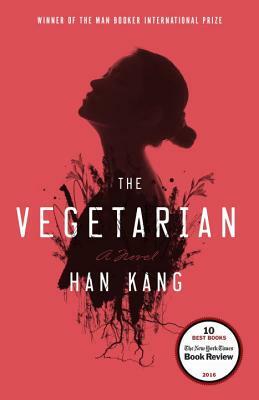
The Vegetarian
Han Kang
One ordinary day, a young housewife in contemporary Seoul wakes up from a disturbing dream and simply decides to … stop eating meat. As her small rebellion spirals, Han’s lean, feverish novel becomes a surreal meditation on not just what the body needs, but what a soul demands.
Liked it? Try “My Year of Rest and Relaxation,” by Ottessa Moshfegh or “Convenience Store Woman,” by Sayaka Murata; translated by Ginny Tapley Takemori.
Liked it? Try “My Year of Rest and Relaxation,” by Ottessa Moshfegh or “Convenience Store Woman,” by Sayaka Murata; translated by Ginny Tapley Takemori.
50
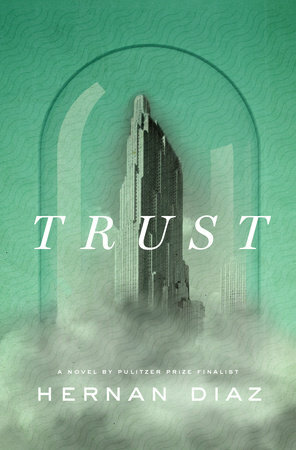
Trust
Hernán Díaz
How many ways can you tell the same story? Which one is true? These questions and their ethical implications hover over Diaz’s second novel. It starts out as a tale of wealth and power in 1920s New York — something Theodore Dreiser or Edith Wharton might have taken up — and leaps forward in time, across the boroughs and down the social ladder, breathing new vitality into the weary tropes of historical fiction. — A.O. Scott
Liked it? Try “This Strange Eventful History,” by Claire Messud or “The Luminaries,” by Eleanor Catton.
Liked it? Try “This Strange Eventful History,” by Claire Messud or “The Luminaries,” by Eleanor Catton.
51
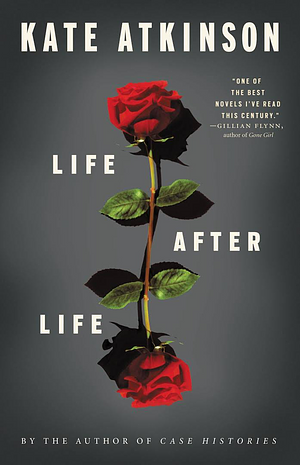
Life After Life
Kate Atkinson
Can we get life “right”? Are there choices that would lead, finally, to justice or happiness or save us from pain? Atkinson wrestles with these questions in her brilliant “Life After Life” — a historical novel, a speculative novel, a tale of time travel, a moving portrait of life before, during and in the aftermath of war. It gobbles up genres and blends them together until they become a single, seamless work of art. I love this goddamn book. — Victor LaValle, author of “Lone Women”
Liked it? Try “Light Perpetual,” by Francis Spufford or “Neverhome,” by Laird Hunt.
Liked it? Try “Light Perpetual,” by Francis Spufford or “Neverhome,” by Laird Hunt.
52
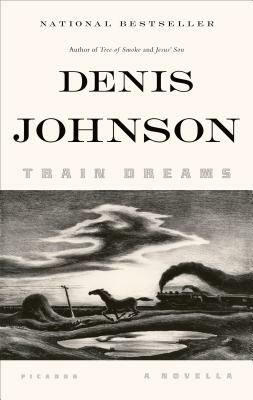
Train Dreams: A Novella
Denis Johnson
Call it a backwoods tragedy, stripped to the bone, or a spare requiem for the American West: Johnson’s lean but potent novella carves its narrative from the forests and dust-bowl valleys of Spokane in the early decades of the 20th century, following a day laborer named Robert Grainier as he processes the sudden loss of his young family and bears witness to the real-time formation of a raw, insatiable nation.
Liked it? Try “That Old Ace in the Hole,” by Annie Proulx or “Night Boat to Tangier,” by Kevin Barry.
Liked it? Try “That Old Ace in the Hole,” by Annie Proulx or “Night Boat to Tangier,” by Kevin Barry.
53
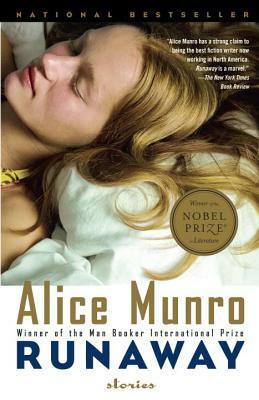
Runaway
Alice Munro
On one level, the title of Munro’s 11th short-story collection refers to a pet goat that goes missing from its owners’ property; but — this being Munro — the deeper reference is to an unhappy wife in the same story, who dreams of leaving her husband someday. Munro’s stories are like that, with shadow meanings and resonant echoes, as if she has struck a chime and set the reverberations down in writing.
Liked it? Try “Homesickness,” by Colin Barrett or “The Collected Stories of Lorrie Moore.”
Liked it? Try “Homesickness,” by Colin Barrett or “The Collected Stories of Lorrie Moore.”
54
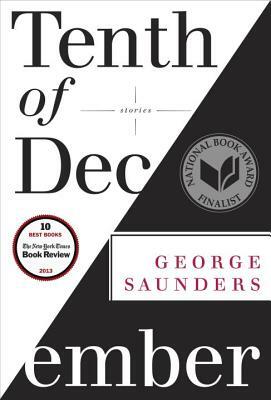
Tenth of December: Stories
George Saunders
For all of their linguistic invention and anarchic glee, Saunders’s stories are held together by a strict understanding of the form and its requirements. Take plot: In “Tenth of December,” his fourth and best collection, readers will encounter an abduction, a rape, a chemically induced suicide, the suppressed rage of a milquetoast or two, a veteran’s post-traumatic impulse to burn down his mother’s house — all of it buffeted by gusts of such merriment and tender regard and daffy good cheer that you realize only in retrospect how dark these morality tales really are.
Liked it? Try “Delicate Edible Birds: And Other Stories,” by Lauren Groff, “Oblivion: Stories,” by David Foster Wallace or “The Nimrod Flipout: Stories,” by Etgar Keret, translated by Miriam Shlesinger and Sondra Silverston.
Liked it? Try “Delicate Edible Birds: And Other Stories,” by Lauren Groff, “Oblivion: Stories,” by David Foster Wallace or “The Nimrod Flipout: Stories,” by Etgar Keret, translated by Miriam Shlesinger and Sondra Silverston.
55

The Looming Tower: Al-Qaeda and the Road to 9/11
Lawrence Wright
What happened in New York City one incongruously sunny morning in September was never, of course, the product of some spontaneous plan. Wright’s meticulous history operates as a sort of panopticon on the events leading up to that fateful day, spanning more than five decades and a geopolitical guest list that includes everyone from the counterterrorism chief of the F.B.I. to the anonymous foot soldiers of Al Qaeda.
Liked it? Try “Ghost Wars: The Secret History of the CIA, Afghanistan, and Bin Laden, from the Soviet Invasion to September 10, 2001,” by Steve Coll or “MBS: The Rise to Power of Mohammed bin Salman,” by Ben Hubbard.
Liked it? Try “Ghost Wars: The Secret History of the CIA, Afghanistan, and Bin Laden, from the Soviet Invasion to September 10, 2001,” by Steve Coll or “MBS: The Rise to Power of Mohammed bin Salman,” by Ben Hubbard.
56
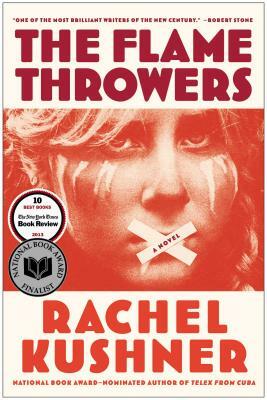
The Flamethrowers
Rachel Kushner
Motorcycle racing across the arid salt flats of Utah; art-star posturing in the downtown demimonde of 1970s New York; anarchist punk collectives and dappled villas in Italy: It’s all connected (if hardly contained) in Kushner’s brash, elastic chronicle of a would-be artist nicknamed Reno whose lust for experience often outstrips both sense and sentiment. The book’s ambitions rise to meet her, a churning bedazzlement of a novel whose unruly engine thrums and roars.
Liked it? Try “City on Fire,” by Garth Risk Hallberg or “The Girls,” by Emma Cline.
Liked it? Try “City on Fire,” by Garth Risk Hallberg or “The Girls,” by Emma Cline.
57
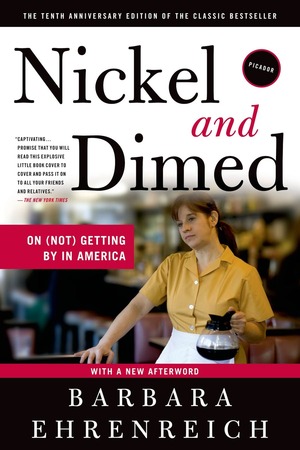
Nickel and Dimed: On (Not) Getting by in America
Barbara Ehrenreich
Waitress, hotel maid, cleaning woman, retail clerk: Ehrenreich didn’t just report on these low-wage jobs; she actually worked them, trying to construct a life around merciless managers and wildly unpredictable schedules, while also getting paid a pittance for it. Through it all, Ehrenreich combined a profound sense of moral outrage with self-deprecating candor and bone-dry wit. — Jennifer Szalai, nonfiction book critic for The Times
Liked it? Try “Poverty, by America,” by Matthew Desmond or “The Working Poor: Invisible in America,” by David K. Shipler.
Liked it? Try “Poverty, by America,” by Matthew Desmond or “The Working Poor: Invisible in America,” by David K. Shipler.
58

Stay True
Hua Hsu
An unlikely college friendship — Ken loves preppy polo shirts and Pearl Jam, Hua prefers Xeroxed zines and Pavement — blossoms in 1990s Berkeley, then is abruptly fissured by Ken’s murder in a random carjacking. Around those bare facts, Hsu’s understated memoir builds a glimmering fortress of memory in which youth and identity live alongside terrible, senseless loss.
Liked it? Try “Truth & Beauty: A Friendship,” by Ann Patchett, “The Best Minds: A Story of Friendship, Madness, and the Tragedy of Good Intentions,” by Jonathan Rosen or “Just Kids,” by Patti Smith.
Liked it? Try “Truth & Beauty: A Friendship,” by Ann Patchett, “The Best Minds: A Story of Friendship, Madness, and the Tragedy of Good Intentions,” by Jonathan Rosen or “Just Kids,” by Patti Smith.
59
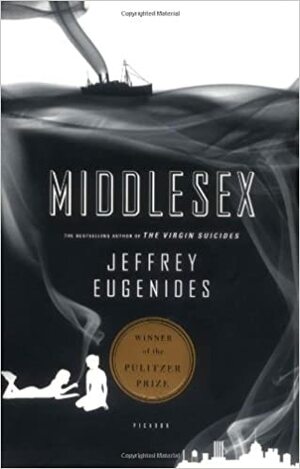
Middlesex
Jeffrey Eugenides
Years before pronouns became the stuff of dinner-table debates and email signatures, “Middlesex” offered the singular gift of an intersex hero — “sing now, O Muse, of the recessive mutation on my fifth chromosome!” — whose otherwise fairly ordinary Midwestern life becomes a radiant lens on recent history, from the burning of Smyrna to the plush suburbia of midcentury Grosse Pointe, Mich. When the teenage Calliope, born to doting Greek American parents, learns that she is not in fact a budding young lesbian but biologically male, it’s less science than assiduously buried family secrets that tell the improbable, remarkable tale.
Liked it? Try “The Nix,” by Nathan Hill, “The Heart’s Invisible Furies,” by John Boyne or “The Signature of All Things,” by Elizabeth Gilbert.
Liked it? Try “The Nix,” by Nathan Hill, “The Heart’s Invisible Furies,” by John Boyne or “The Signature of All Things,” by Elizabeth Gilbert.
60
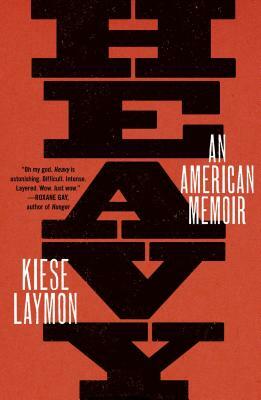
Heavy: An American Memoir
Kiese Laymon
What is the psychic weight of secrets and lies? In his unvarnished memoir, Laymon explores the cumulative mass of a past that has brought him to this point: his Blackness; his fraught relationship to food; his family, riven by loss and addiction and, in his mother’s case, a kind of pathological perfectionism. What emerges is a work of raw emotional power and fierce poetry.
Liked it? Try “Men We Reaped,” by Jesmyn Ward or “Another Word for Love,” by Carvell Wallace.
Liked it? Try “Men We Reaped,” by Jesmyn Ward or “Another Word for Love,” by Carvell Wallace.